
What You Need To Know About Exposure Therapy For Mental Disorders

Exposure therapy is a behavioral therapy used to treat anxiety disorders and phobias. It is usually carried out in a safe environment with a certified therapist. Exposure therapy has been proven to be effective for people of all ages.
How Does Exposure Therapy Work?
As a part of behavioral therapy, the person experiencing the problem is exposed to a situation or object that triggers his fear or anxiety. Exposing the person to the trigger in a controlled environment and in a safe space lessens the anxiety. There are different types of exposure therapies, which include:
Vivo Exposure
This involves facing fear in real life.
Imaginal Exposure
This therapy involves imagining the trigger situation.
Interoceptive Exposure
It involves intentionally triggering the person
Virtual Reality Exposure
This therapy is used when it’s difficult to create the feared situation. For example, some people have a fear of heights.
Anxiety
Treatment for anxiety may include using a combination of vivo and imaginal exposure behavior therapy. Research revealed that imaginal exposure works better than nondirective therapy and rest for anxiety disorders.
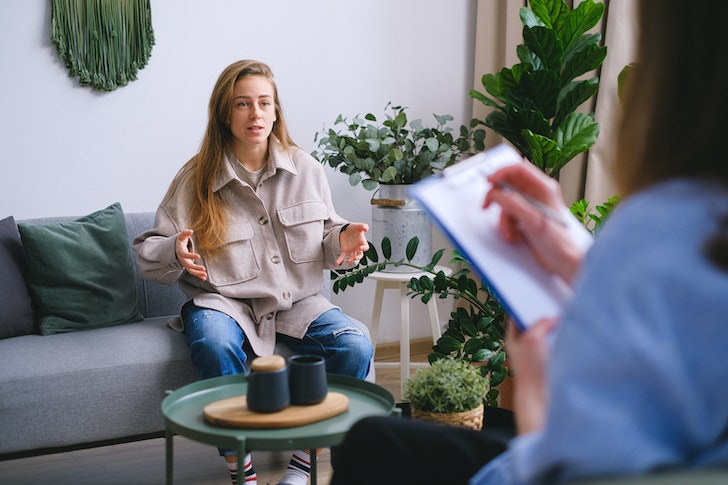
SHVETS production/Pexels | Interoceptive exposure may help with reducing your mental disorder
Social Anxiety
It is for people who experience social anxiety. This includes avoiding gatherings or certain activities.
Public Speaking
Public speaking is usually feared by young adults. Virtual reality exposure therapy is seen to be effective in treating it.
Separation Anxiety
Separation anxiety is most common in children, and exposure therapy is considered the best treatment for it. The child is exposed to the feared situation and is encouraged to adapt to it – with continuous exposure, the anxiety lessens.
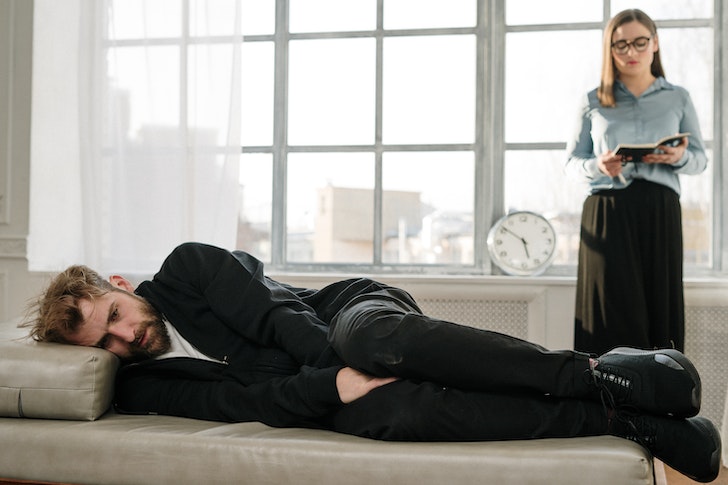
Cottonbro/Pexels | Facing your fears in a controlled environment with a trained professional who can control your behavior helps to treat disorders
Obsessive Compulsive Disorder (OCD)
Imaginal and Vivo exposure therapy is used to treat OCD. In vivo exposure, the person is exposed to the problem during the therapy session that ensures that the compulsive response is avoided. With time, the person adjusts his behavior according to the therapist’s guided behavior.
Panic Disorder
Interoceptive behavioral therapy is used for people who face panic disorder. Working and discussing the triggering situation in detail with a trained professional has been seen to work best with kids and adults who face panic disorder.
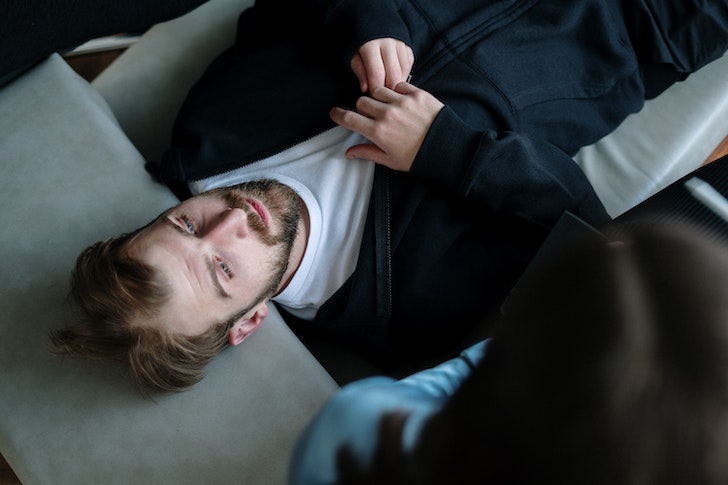
Cottonbro/Pexels | Relaxation compliments exposure therapy and gives great results
How Effective Is Exposure Therapy?
Most people have either mild or no symptoms at all for the disorder they are facing. However, completing exposure therapy and combining it with Cognitive Behavioral Therapy and other treatments may increase its effectiveness. Relaxation also plays a vital role in getting better results when treating disorders. However, results depend on the severity of the disorder and its symptoms. Medication may also complement the exposure therapy, but it’s best to talk to your therapist before taking them.
How To Get Started?
Exposure therapy is performed by psychologists, therapists, and psychiatrists with proper training. It is important to work with a skilled professional who has training in how to safely use exposure therapy techniques without causing more harm to your mental health. With proper techniques, disorders can be treated, so it’s crucial to seek treatments for them.
You shouldn’t ignore your problem as it may worsen your physical and mental health.
More in Treatment
-
`
5 Reasons Why Dad’s Side of the Family Misses Out
Family bonds are intricate and multifaceted, often creating a unique tapestry of connections. However, many people notice a peculiar trend: stronger...
July 12, 2024 -
`
A Quick Guide on How to Get Short-Term Disability Approved for Anxiety and Depression
Living with anxiety or depression poses unique challenges, particularly in the workplace, where stress can exacerbate symptoms. For many, short-term disability...
July 5, 2024 -
`
Why Do People Feel Sleepy After Eating?
Is feeling sleepy after eating a sign of diabetes? Well, not directly. There are many reasons why you feel drowsy after...
June 20, 2024 -
`
What Is High-Functioning Depression? Symptoms and Treatment
High-functioning depression may not be a term you hear every day, but it’s a very real and challenging experience for many....
June 13, 2024 -
`
Kelly Clarkson’s Weight Loss Ozempic Journey – Debunking the Rumors
In a refreshing moment of transparency, Kelly Clarkson, the beloved singer and talk show host, sheds light on her remarkable weight...
June 3, 2024 -
`
What Is the Best Milk for Gut Health and Why?
In recent years, the milk section at the grocery store has expanded far beyond the traditional options. While cow’s milk has...
May 30, 2024 -
`
Do Dental Implants Hurt? Here’s All You Need to Know
When you hear “dental implants,” you might wince at the thought of pain. But do dental implants hurt as much as...
May 24, 2024 -
`
5 Key Differences Between A Psych Ward & A Mental Hospital
Curious about the differences between a psych ward and a mental hospital? You are not alone. With the mental health conversation...
May 16, 2024 -
`
It’s Official! “Selling Sunset’s” Christine Quinn & Husband Christian Dumontet Are Parting Ways
Have you ever found yourself unexpectedly engrossed in the personal lives of celebrities, especially when their stories take dramatic turns? Well,...
May 9, 2024
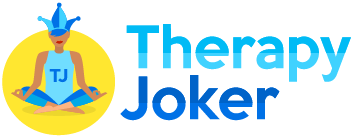


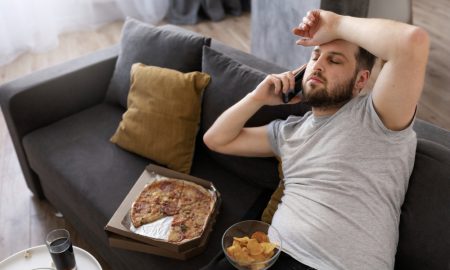



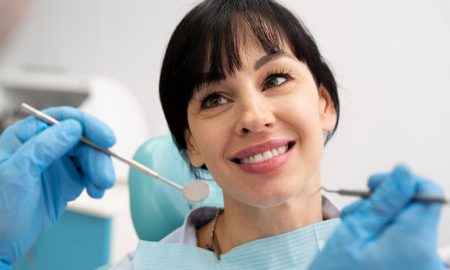


You must be logged in to post a comment Login